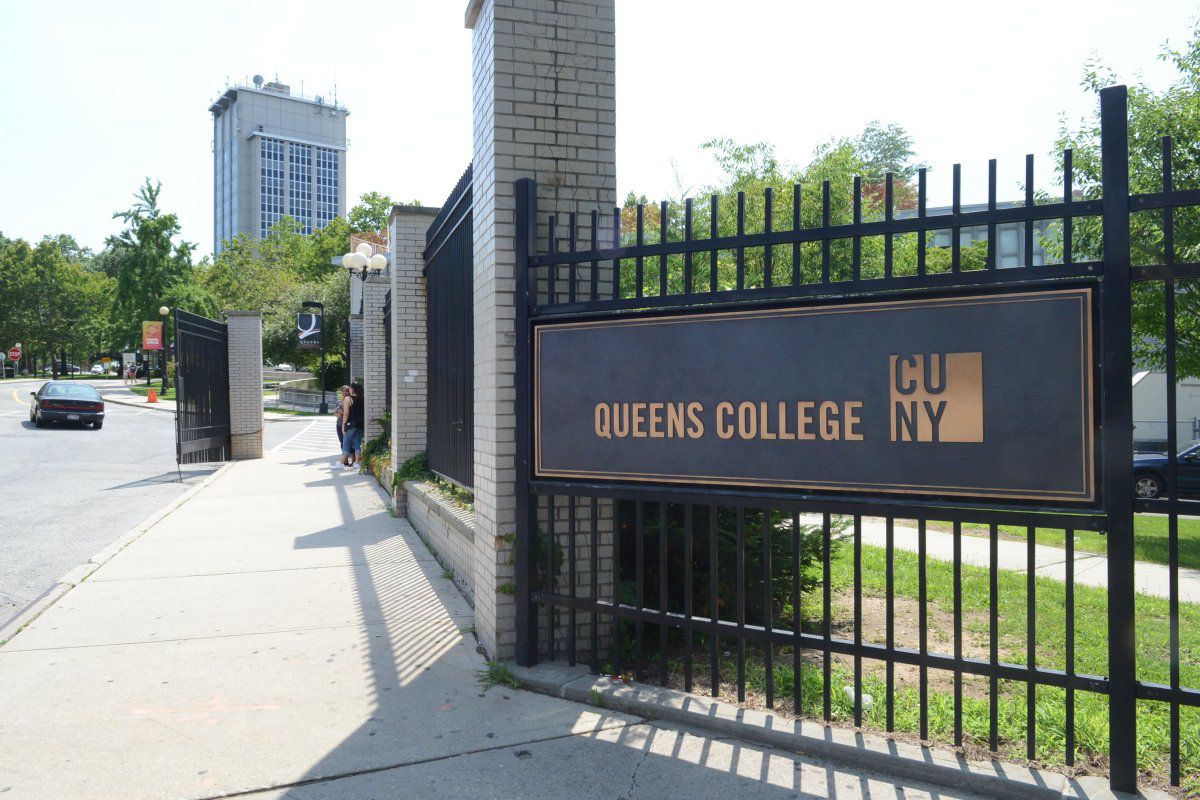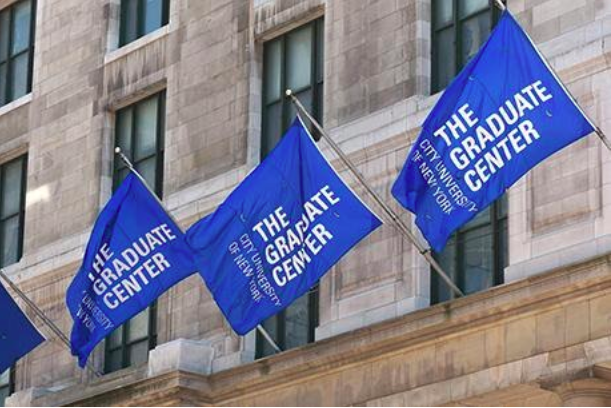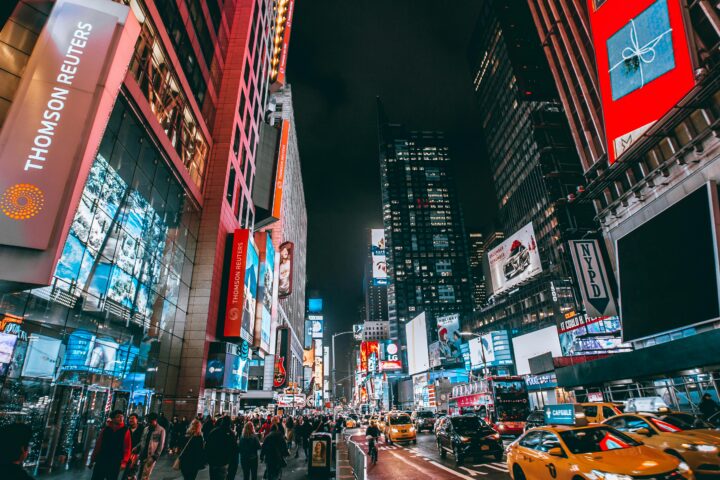Water flooded a portion of the Quad and the construction area in front of Remsen Hall on Thursday, Sept. 13 due to a water main break.
The construction is part of a larger plan to build green infrastructure, designed to reduce sewer overflow, in three areas — Remsen Hall, Kiely Hall and outside Benjamin Rosenthal Library.
To fix the break, after a one-and-a-half inch pipe was dislodged over a water main, the water on the south side of campus had to be cut off for approximately seven hours.
“I’m happy because sometimes you can’t turn around from these things as fast as we did,” head of Buildings and Grounds, Sidney Grimes said.
Construction suffered no setbacks as a result of the flooding and will likely be finished ahead of schedule.
However, some students had setbacks involving their classes. To fix the main, workers had to first relieve pressure by opening a hydrant outside of the Student Union and then shut down the water supply at Kissena Boulevard and Melbourne Avenue.
Evening classes in Remsen Hall, Colwin Hall, Honors Hall and the Science Building had to be canceled as none of the buildings had functioning air conditioning systems or restroom facilities for the duration of the water shutdown.
QC won a $375,000 grant from the Department of Environmental Protection in June 2011 and received an additional $75,000 in funds, from alumni, for the project. The sewage systems around campus are antiquated, according to Grimes, and the green infrastructures — called rain gardens — will manage more than 700,000 gallons of rainwater each year.
Each campus rain garden will feature new trees, vegetation and porous concrete to retain rainwater.
The project — managed by Jorge Yafar of campus facilities — will likely finish by the third week of October, according to Dave Gosine, head of campus facilities. Currently, the three installations are 90 percent completed.
This new green plan is both innovative and more efficient, Grimes said. It also jives well with Queens College’s sustainability plan, which aims to reduce greenhouse gas emissions by 30 percent by 2017.













